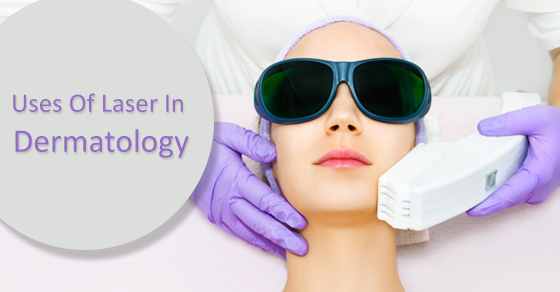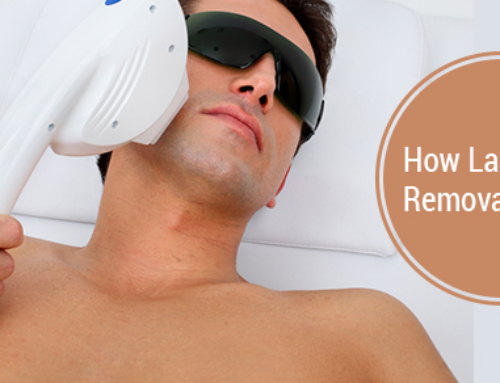The field of dermatology has undergone numerous technological advancements over the last few decades, one of particular importance being the use of laser applications for the treatment of common skin conditions and ailments.

Laser surgery is far from new, as it has been utilized in various other fields, such as ophthalmology, but doctors are always discovering for new ways to enhance procedures, minimize risk to the patient, and facilitate recovery times.
What Lasers Can do to Make Your Skin Look Better
It goes without saying that the localized concentration of a high intensity beam of light has the possibility to pose a few safety risks, which is why dermatologists must always remember to take appropriate precautionary measures prior to performing work on their patients.
There are more types of laser applications now than ever before. Here are a select few of the popular procedures currently in use:
Doctors rely on CO2 lasers primarily for the cutting and vaporization of skin tissue, thereby proving to be incredibly useful in the elimination of surface blemishes and trouble spots. By controlling the power of the beam, dermatologists can perform effective resurfacing treatments without destroying an excessive amount of epidermis layers.
What Types of Skin Problems can be Treated with Lasers?
Acne scars, hypertrophic lesions, and skin wrinkles are the issues most commonly addressed with CO2 laser treatments. In addition, Actinic cheilitis, seborrheic keratosis, and psoriasis patches are all other widely used applications.
Given their far-reaching capabilities, CO2 lasers are also used in the treatment of more severe and extensive skin lesions. Warts are one such skin condition that prove incredibly difficult to remove via alternative methods; topical applications and cryogenic freezing are oftentimes ineffective when it comes to permanent removal, especially since they do not target the source.
This is where laser surgery differs. By destroying the tissue where the wart is originating from, dermatologists can effectively neutralize it and prevent it from growing back. To make sure the precise area is pinpointed, most make use of specialized magnifying lenses during the vaporization process.
Doctors also typically wear a laser mask to avoid the inhalation of the evaporated particles. Vascular legions, tattoos, epidermal pigmented lesions, benign dermal tumors, and burn debridement are various other uses of modern laser technology.
The important thing to remember is that no matter how advanced, none of these procedures is guaranteed to restore your skin to a healthier condition.




Leave A Comment